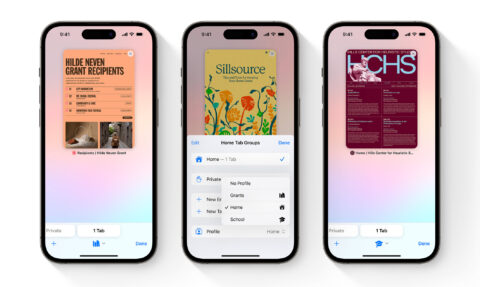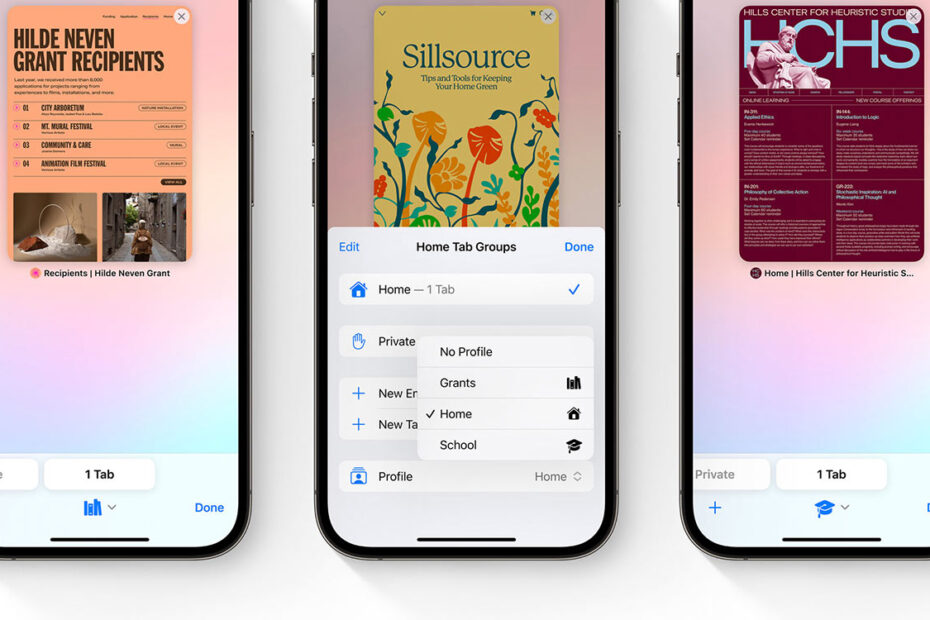One iPad for all the family? Not on Apple’s watch
Apple’s Safari web browser plays a central role in its products, but often lags behind rivals when it comes to critical features. Fortunately, one such feature – profiles – will make its way to Apple devices this year.
Profiles allow you to separate your browsing activity, based on context. You can have distinct ‘home’ and ‘work’ set-ups on the same device, each with unique login credentials for sites and services. Browsing history, extensions, cookies and favorites are also kept separate, so work-related activities don’t interfere with personal browsing – and vice-versa.
Safari profiles also present an opportunity for multiple users on the same Apple device. For example, sharing your iPad with other family members becomes more practical. They can sign into their profiles to check email, explore online services, and work on their Google Docs without the need for you to sign out of everything beforehand.

Coming soon: Safari profiles. Not coming soon: fully multi-user iPhones – or iPads.
It’s unfortunate Apple hasn’t gone further and fully embraced the concept of multi-user devices. In doing so, it could make switching between every user’s apps and games as seamless as it will soon be within Safari alone.
We know Apple can do this. Macs have long had multiple user account support, because that is expected of PCs. And Apple TV lets you quickly switch between user profiles in Control Center. Again, there’s an expectation there: families won’t buy a streaming box for each family member.
However, Apple sees its mobile devices as inherently personal. It wants you to buy separate devices for each family member. While this approach makes sense for iPhones, which are highly personal devices, the logic doesn’t extend to iPads. Apple’s tablets are powerful, with ample storage capacity, and are more than capable of supporting multiple accounts. They also feel inherently shareable. That said, ask any parent whether they’d like a ‘child’ account for an iPhone every time it’s handed over and they’d gleefully agree. And Apple Vision Pro’s $3500 price tag suggests omitting multiple accounts there isn’t going to go down well either.
Apple, for its part, might argue it’s prizing simplicity, but the ease of switching accounts on other devices contradicts this reasoning. It’s more likely financial gain is the driving factor. Apple expects many households to purchase additional devices, regardless of any frustration that might cause, even during challenging financial times. And while that approach may be a sound business strategy, it’s not always appreciated – and feels out of touch with the modern realities an increasing number of people face.

